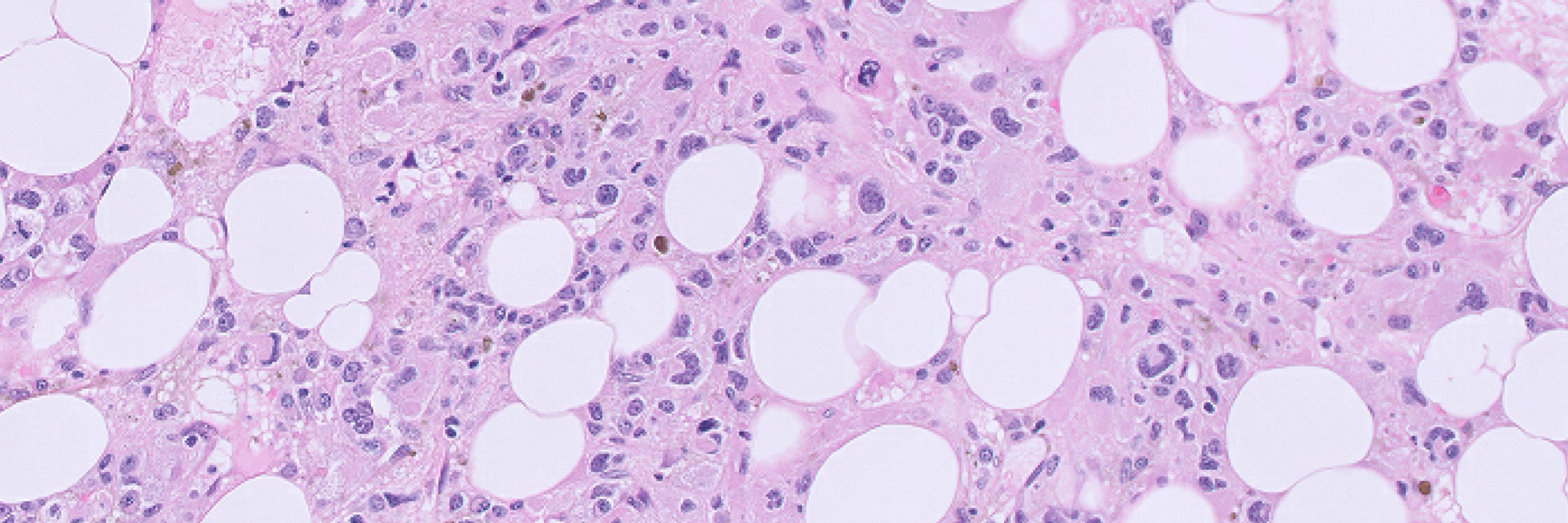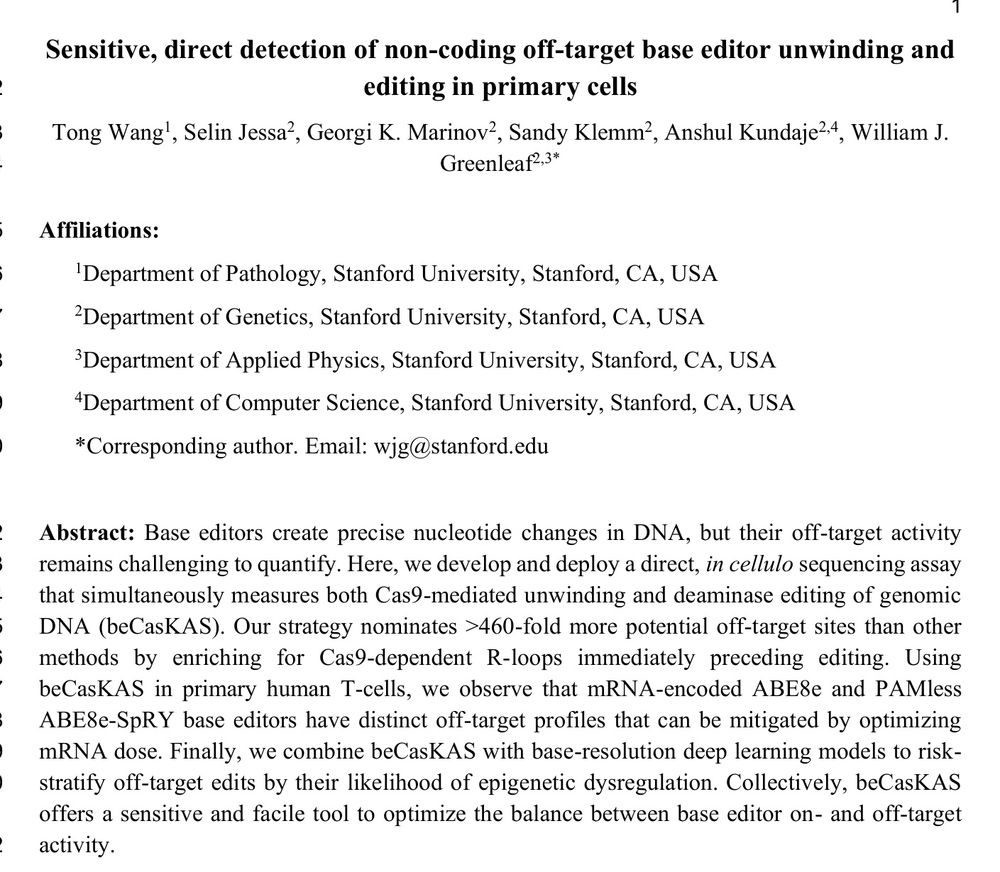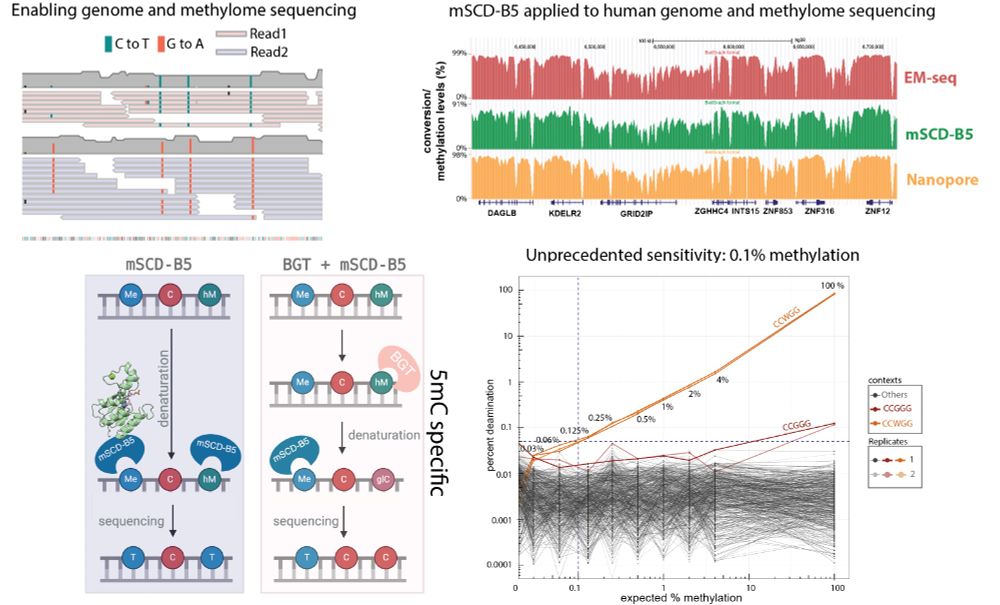Tong Wang
@twangmdphd.bsky.social
130 followers
170 following
8 posts
Resident physician at Stanford Pathology | Greenleaf Lab | Penn MSTP | Interested in chemical biology, epigenetics, and clinically useful tests.
Posts
Media
Videos
Starter Packs
Pinned
Reposted by Tong Wang
Reposted by Tong Wang
Reposted by Tong Wang
Selin Jessa
@selinjessa.bsky.social
· May 3

Dissecting regulatory syntax in human development with scalable multiomics and deep learning
Transcription factors (TFs) establish cell identity during development by binding regulatory DNA in a sequence-specific manner, often promoting local chromatin accessibility, and regulating gene expre...
www.biorxiv.org
Reposted by Tong Wang
Reposted by Tong Wang
Reposted by Tong Wang
zack chiang
@zchiang.bsky.social
· Nov 14












